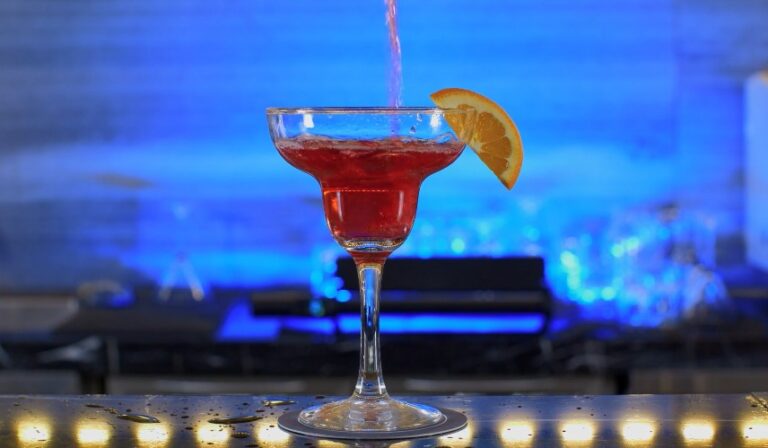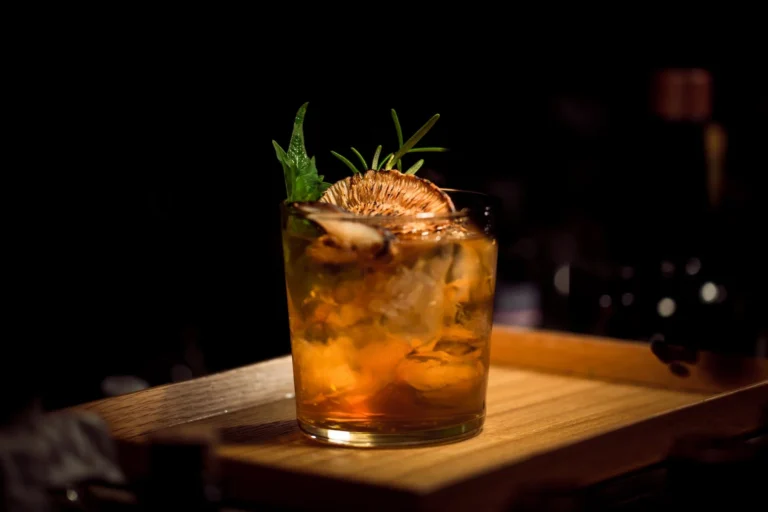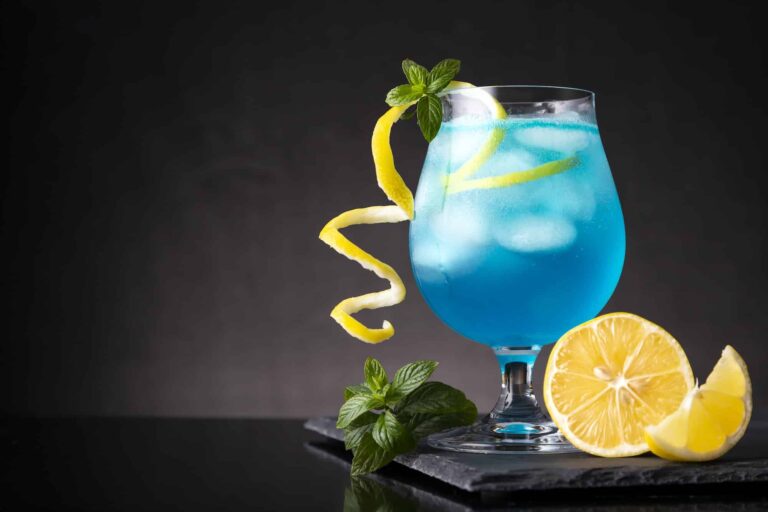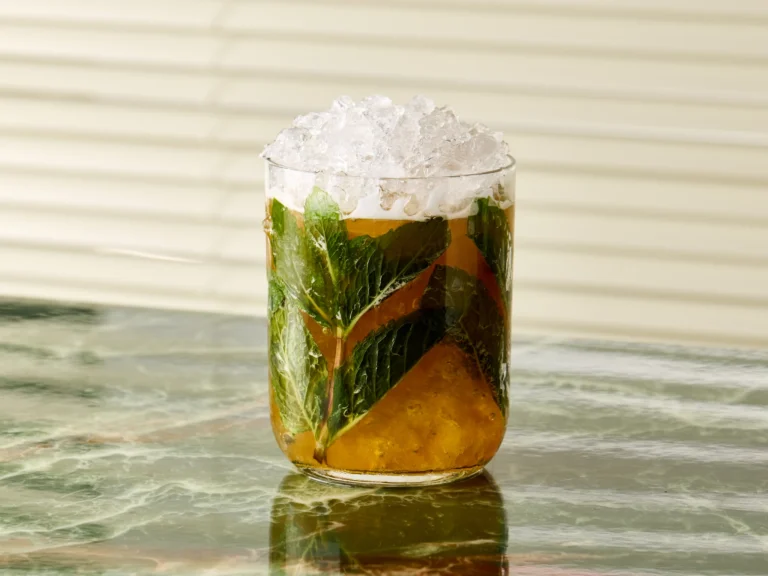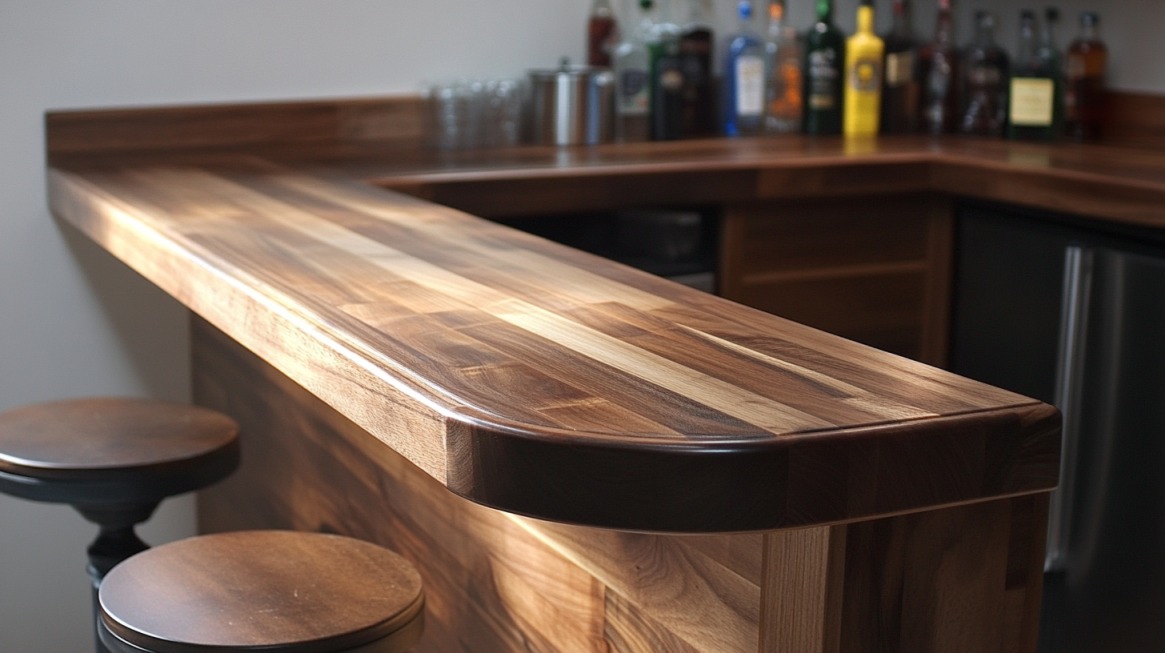Home bar culture found a resurgence after 2020, with people spending more time indoors and looking for ways to elevate their at-home experiences.
Crafting drinks turned into both a hobby and a form of entertainment, allowing anyone to become their own bartender with just a few essentials.
Building a home bar offers several benefits. Convenience ranks high, no waiting for drinks, no bar tab, no closing time. Costs become easier to manage once the initial investment is made, especially for those who enjoy hosting.
Creativity becomes the secret ingredient, letting you experiment with flavors, combinations, and techniques.
Focus should lean on versatility. Stocking a wide range of bottles may seem tempting, but curating based on personal preferences will make the setup far more enjoyable.
A few well-chosen spirits, mixers, and tools can provide the base for countless cocktails, from timeless classics to modern twists tailored to your taste.
Table of Contents
ToggleCore Spirits – The Foundation of Your Bar
A home bar only works if it begins with a thoughtful foundation. Core spirits bring versatility and make up the majority of cocktail recipes that guests expect and enthusiasts appreciate.
Stocking just a few quality bottles can open the door to countless drinks, spanning everything from crisp refreshers to bold sippers.
Vodka
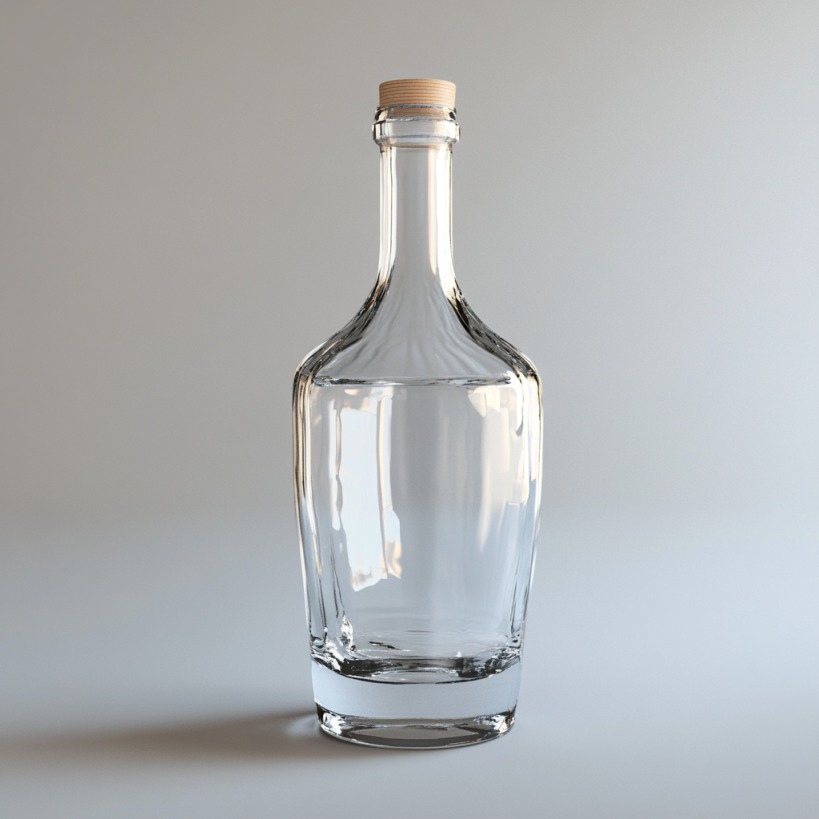
Vodka acts like a blank canvas, making it an essential tool for layering flavor. It blends seamlessly with fruit juices, herbal infusions, or spicy ingredients.
Perfect for highballs or shaken cocktails, it plays well in both sweet and savory recipes.
Cocktails like the Moscow Mule, Cosmopolitan, Bloody Mary, and Vodka Martini showcase its adaptability. Those looking for creativity without complexity often reach for vodka due to its clean finish.
- Recommended: Ketel One crisp and reliable in any recipe
- Optional: Flavored vodkas (vanilla, citrus) for creative cocktails without added syrups
Gin
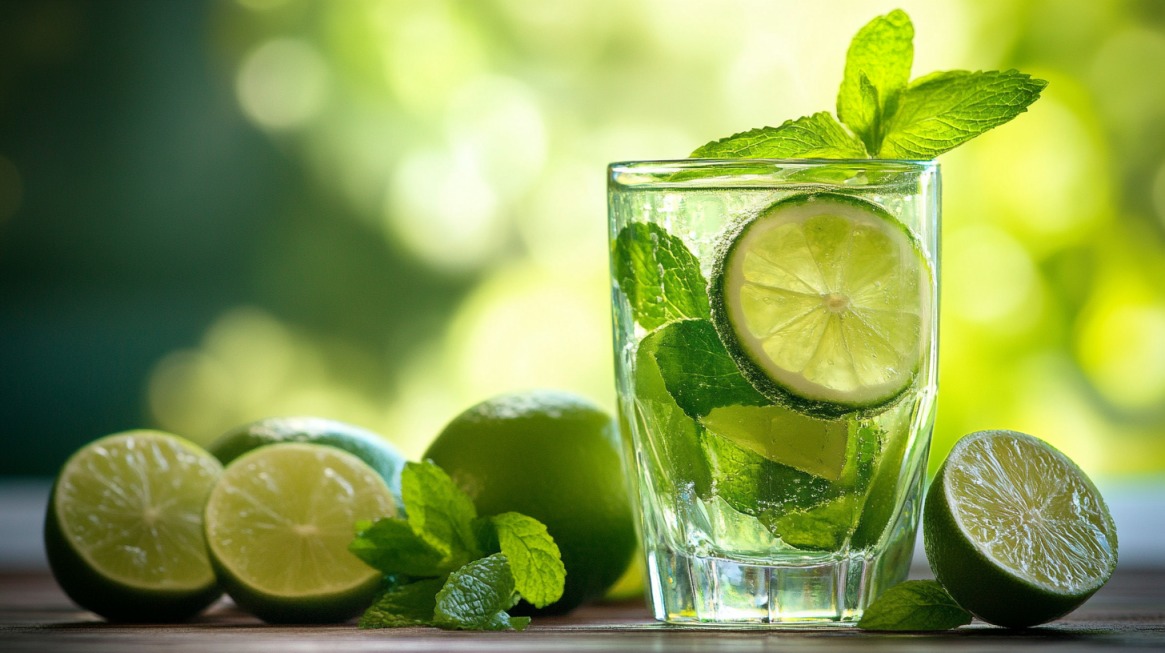
Gin adds personality. Botanicals bring complexity, and no two bottles are exactly alike.
Classic gin cocktails rely on its ability to stand up to citrus, herbal, and bitter ingredients. A London Dry gin brings sharp, clean flavors that shine in balanced recipes.
For martinis, gin and tonics, Negronis, and Tom Collins, gin isn’t optional, it’s required.
- Recommended: Tanqueray for reliable dryness, or St. George for artisanal depth
- Use Cases: Perfect in citrus-forward, herbal, and bitter-style cocktails
Rum
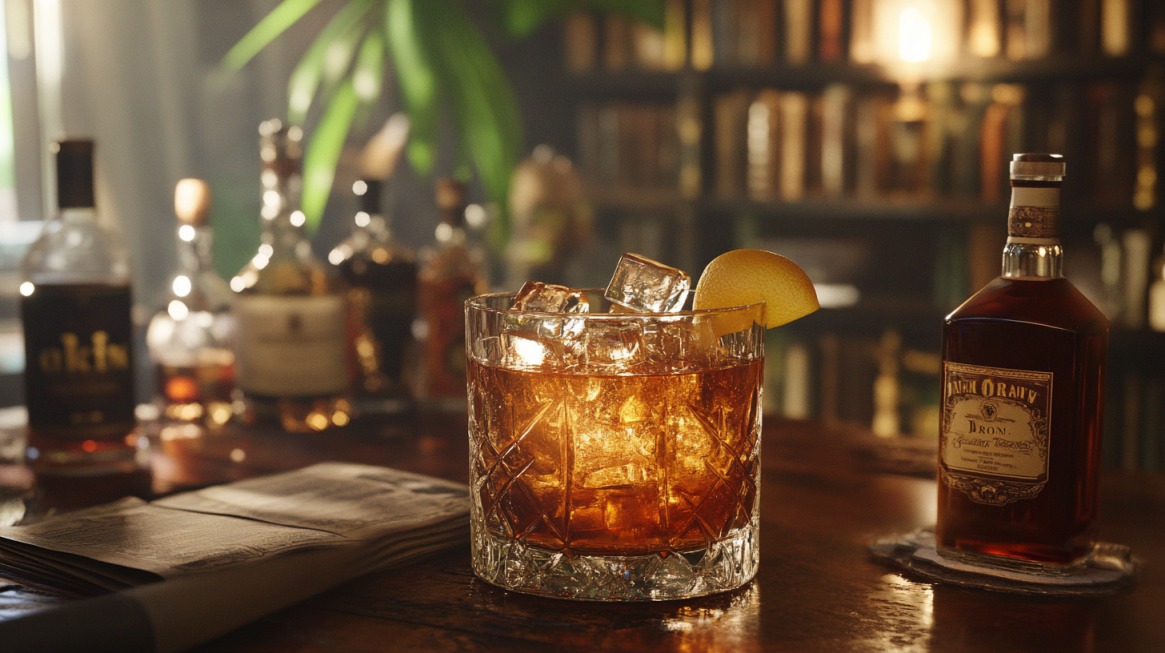
Rum brings versatility like no other spirit. A well-stocked home bar should include at least two types of liquor:
- A light rum
- An aged or dark one
Light rum works beautifully in refreshing drinks like Daiquiris and Mojitos, while aged rum delivers richness for more layered cocktails.
Tropical recipes benefit most from a solid rum selection, but don’t overlook its potential in stirred cocktails that call for caramel or spice notes.
- Recommended: Havana Club 7 Year (for deeper character) or Plantation Rum (for balance)
- Use Cases: Great in everything from tiki drinks to rum-forward Old Fashioneds
Tequila

For those who prefer bold, earthy drinks, tequila becomes essential. Stick to 100% agave for quality and purity, especially when using it as a cocktail base.
Blanco tequila mixes easily with lime and salt, while Reposado provides a smoother, oak-aged option for sipping or richer builds.
Margaritas, Palomas, and Tequila Sours all begin here.
- Recommended: Ocho Blanco or Patrón Silver for reliable agave flavor
- Optional: Add Reposado for depth or to sip neat
Whiskey
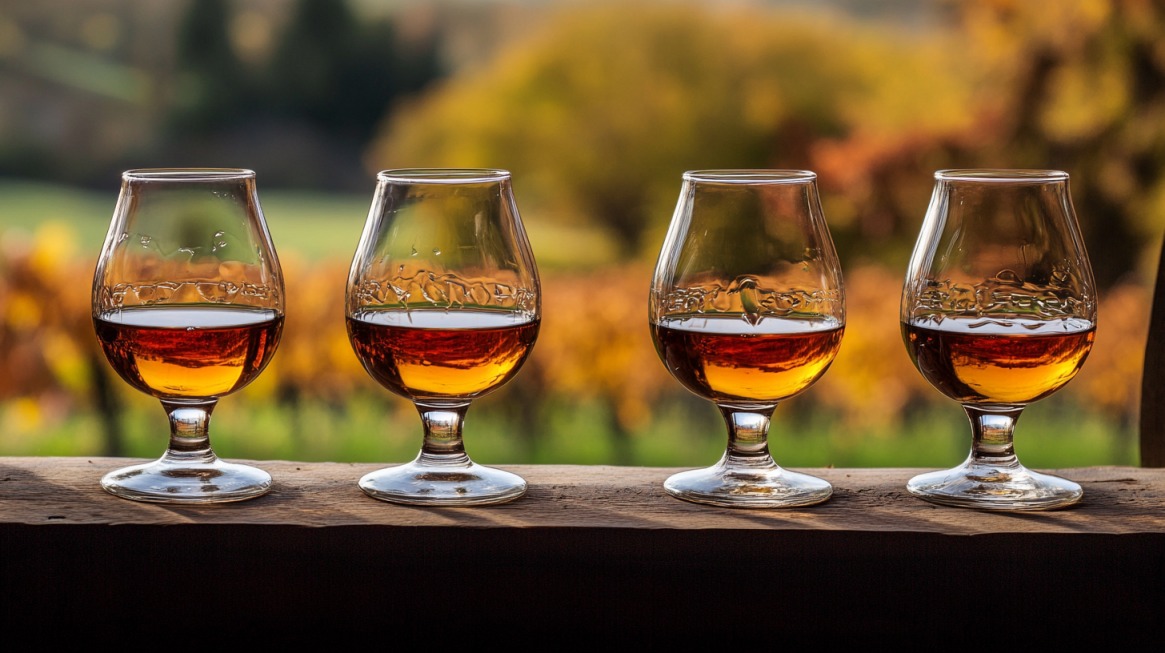
Few spirits offer as much variety as whiskey. Start with a Bourbon or Rye for mixing, then branch out to Scotch, Irish, or Canadian styles, depending on personal taste.
Whiskey thrives in stirred drinks but also works in complex sours or punches.
Old Fashioneds, Manhattans, Whiskey Sours, and Boulevardiers rely on a strong whiskey backbone.
- Recommended: Wild Turkey 81 for boldness or Old Forester Rye for spice
- Optional: Scotch for smoke, Irish for softness, Canadian for smoothness
Brandy (Optional)
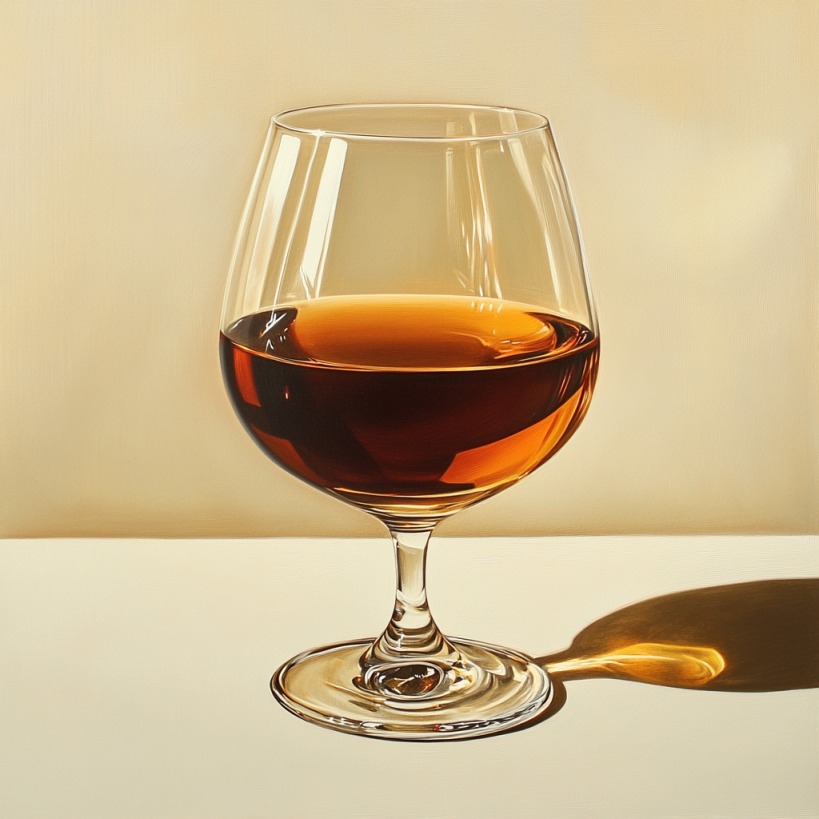
Brandy isn’t required, but it rounds out a home bar beautifully. Ideal for Sidecars, hot punches, and dessert-style drinks, it introduces a fruit-forward, warming base.
Those who enjoy Cognac or Armagnac will appreciate how brandy plays with citrus and spice.
- Recommended: Rémy Martin VSOP, smooth and complex
- Use Cases: Ideal for classic cocktails and winter drinks
Essential Modifiers & Mixers
Modifiers and mixers turn basic spirits into crafted cocktails. These ingredients add flavor, texture, complexity, and structure.
Without them, even the best base liquors fall flat. A well-stocked modifier section multiplies drink possibilities, unlocking everything from simple highballs to layered cocktails.
Vermouth
Vermouth is more than just a mixer, it’s a staple ingredient in classic cocktails. Sweet vermouth brings depth and herbal warmth, pairing beautifully with whiskey in drinks like the Manhattan.
Dry vermouth plays a crucial role in clean, bracing cocktails such as the Martini.
Freshness matters here, oxidation dulls flavor quickly. Always refrigerate after opening and aim to use within a month for best results.
- Must-haves: Dolin or Carpano Antica for sweet, Noilly Prat for dry
- Critical for Manhattans, Martinis, Negronis, and countless riffs
- Balance and botanical complexity are what make vermouth a top-tier modifier, not just filler.
Liqueurs
Liqueurs bring sweetness and bold flavor into the mix. These are often the secret behind a cocktail’s identity.
A quality orange liqueur like Cointreau handles everything from Margaritas to Sidecars. Elderflower adds floral brightness, while coffee liqueur gives body to dessert-style cocktails.
Selection depends on personal taste and cocktail preferences, but a few bottles go a long way.
- Suggestions: Cointreau, St. Germain, Mr. Black, Amaretto, Maraschino
- Useful in both shaken and stirred drinks
- Great for creating signatures with minimal effort
Moderation is key. Let liqueurs support the drink, not dominate it.
Bitters
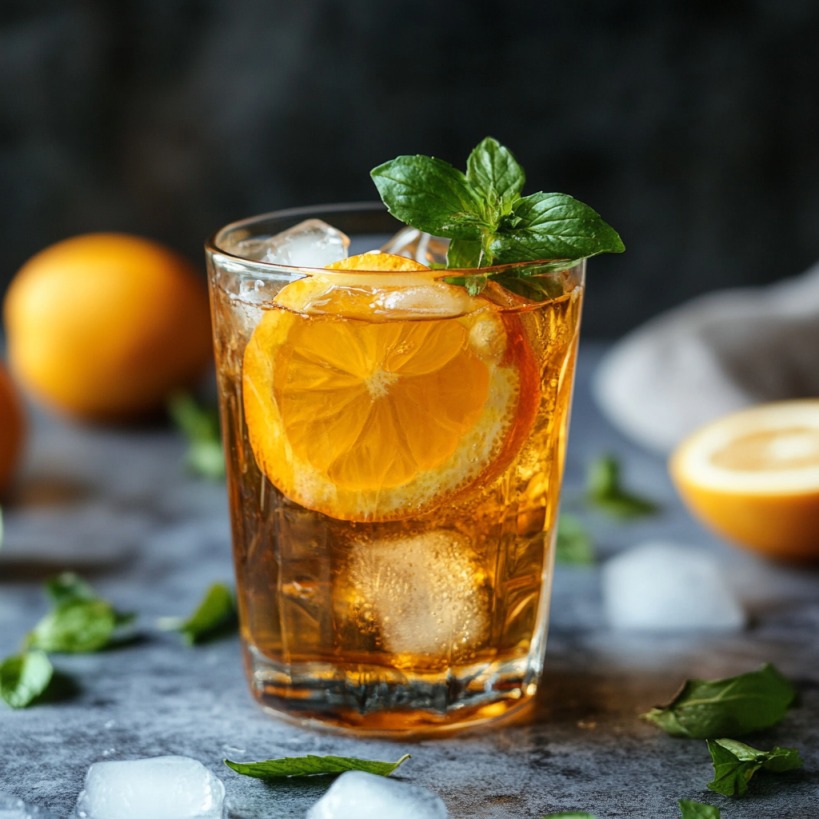
Bitters serve as the final touch in countless cocktails. Just a dash can bring balance or draw out hidden notes in other ingredients.
Angostura Aromatic works with nearly every classic and should be the first bottle in any home bar. From there, expansion into citrus, floral, and regional varieties opens more creative doors.
Orange bitters enhance gin and whiskey drinks, Peychaud’s is essential for a proper Sazerac, and lavender can add complexity to lighter drinks.
- Start with: Angostura Aromatic
- Expand with: Orange, Peychaud’s, Lavender
- Think of bitters as the salt and pepper of mixology
Small in volume but huge in impact.
Aperitifs & Digestifs
Often overlooked, aperitifs and digestifs offer depth that basic mixers lack. These herbal, bitter, or citrus-forward spirits help balance sweetness, lighten heavy profiles, and introduce intrigue. Campari defines the Negroni.
Aperol is softer and works beautifully in spritzes. Amaro Montenegro adds warmth and spice, while Suze offers bitterness with an earthy bite.
- Staples: Campari, Aperol, Amaro Montenegro, Suze
- Serve on their own or integrate into cocktails
- Useful for both experienced mixologists and casual drinkers

Flavor complexity and balance are where these modifiers shine. A splash can change everything.
Essential Bar Tools
Quality spirits and fresh ingredients won’t go far without proper tools. Building cocktails isn’t guesswork, it’s a process that depends on precision, control, and consistency.
A functional setup keeps your workflow smooth and your drinks reliable. Tools don’t need to be expensive or flashy, but they must get the job done right.
Basic Tools
Every home bartender needs a reliable base kit. These items handle the bulk of cocktail preparation, from measuring to mixing to serving.
- Jigger: Accuracy matters in cocktails. Eyeballing ounces leads to imbalance. A jigger provides exact measurements every time. Look for dual-ended ones with clear markings.
- Shaker: Choose between Boston tins (two-piece, preferred by pros) or a cobbler shaker (three-piece with built-in strainer). Both work; the choice comes down to personal comfort.
- Mixing Glass: Stirred drinks like Negronis, Old Fashioneds, and Manhattans require clarity, not froth. A heavy-bottomed glass with a spout makes the process smooth.
- Bar Spoon: Long, twisted handle gives control when stirring. Avoid bulky spoons, slender and balanced ones make for cleaner, quieter movement.
- Strainers: A Hawthorne strainer fits inside a shaker. A fine mesh strainer catches pulp, seeds, or ice shards. A Julep strainer rests in the mixing glass and handles stirred drinks.
- Bar Knife or Peeler: Essential for cutting garnishes, slicing citrus, or creating twists. A sharp blade makes a huge difference.
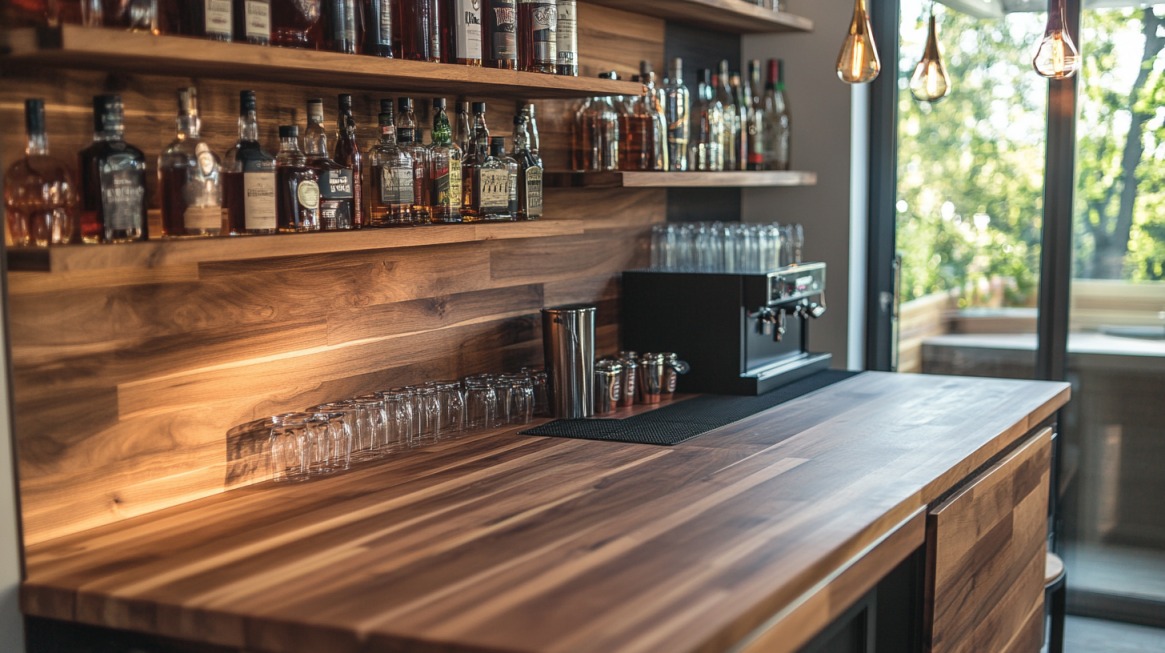
Budget Hack
No need to spend big from the start. A wide-mouth mason jar can pull triple duty. It works as a shaker, stirrer, and storage container.
It won’t replace everything, but it’s a smart stopgap while building your collection.
Nice-to-Haves
Once the basics are covered, a few additional items elevate the experience and presentation.
- Ice Pick or Molds: Clear ice spheres or large cubes slow dilution and look far better in the glass. An ice pick helps shape ice by hand if molds aren’t available.
- Oak Aging Barrel: For those who want to age their own cocktails or spirits, small barrels add complexity over time. Think aged Negronis or personal whiskey blends.
- Tongs and Cocktail Picks: Functional and hygienic. Use tongs to handle ice or garnish. Picks add polish to olives, cherries, or citrus twists.
Function always comes first. Sleek tools may impress visually, but utility wins every time.
Once essentials are locked in, personal style can come through in the materials and finishes you choose, wood, copper, stainless steel, or matte black.
Clean tools make clean drinks. Keep them organized, easy to reach, and ready for use.
Final Tips & Personalization
No bar setup fits everyone. Stock what you love, skip what you don’t. A home bar should reflect your style, taste, and drinking habits.
Avoid the trap of hoarding bottles you’ll never touch. Focus instead on ingredients you reach for regularly. Once the foundation is set, start experimenting with wild cards, think mezcal, chartreuse, or your own infused syrups.
Cocktail creation becomes more satisfying when guided by personal taste. Build gradually, learn through trial, and don’t forget to have fun along the way.




